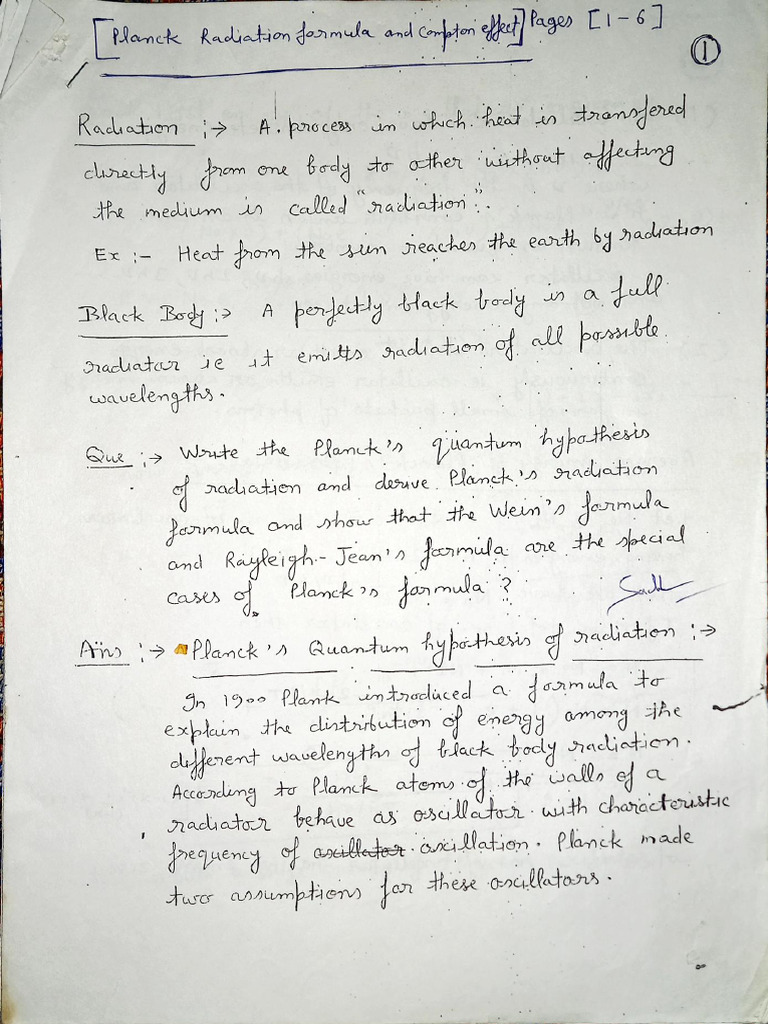The Baha’i teachings present an extensive philosophical framework that strives to harmonize scientific inquiry and spiritual understanding. This synthesis of knowledge offers a unique perspective, particularly when examining the complexities of quantum mechanics and modern physics. At the intersection of these fields lies an intriguing blend of metaphysical inquiry and empirical observation, which can yield profound insights into the nature of reality, creation, and the human experience. The following exposition delves into the salient features of quantum mechanics in relation to the Baha’i principles, illuminating the ways these concepts can coalesce.
Understanding Quantum Mechanics
Quantum mechanics represents a revolutionary paradigm in physics, underpinning much of contemporary scientific thought. It introduces phenomena that challenge traditional perceptions of matter and energy, advocating a non-deterministic view of the universe. Key principles include wave-particle duality, superposition, and entanglement. These concepts dismantle classical notions of separateness, suggesting instead a fundamental interconnectedness embedded within the fabric of existence. In essence, quantum mechanics posits that particles can exist in multiple states simultaneously and that actions performed on one particle affect others, regardless of distance. This fundamentally challenges the conventional boundaries established in classical physics.
Baha’i Teachings and Their Relevance
The Baha’i teachings, grounded in the revelations of Baha’u’llah, emphasize the oneness of humanity and the interrelatedness of all life. This philosophical stance echoes the interconnectedness championed by quantum mechanics. Baha’i writings advocate for a harmonious relationship between science and religion, asserting that both domains ultimately lead to the same truth. Hence, the exploration of quantum mechanics can seamlessly integrate into the Baha’i spiritual worldview, which values intellectual inquiry alongside spiritual growth.
At the heart of the Baha’i faith is the principle of unity in diversity. This principle resonates with the concept of superposition in quantum theory, where the coexistence of multiple states reflects the potential for diverse expressions of reality. The Baha’i teachings encourage an appreciation of various perspectives and experiences, nurturing an understanding that truth manifests in myriad forms while remaining contingent upon its singular essence.
Wave-Particle Duality and Spiritual Reality
Wave-particle duality serves as a cornerstone of quantum physics, revealing that at a subatomic level, entities can exhibit properties of both particles and waves. This duality can be metaphorically illustrated through the Baha’i perception of the human soul. Just as particles can behave as discrete entities or as part of a wave, the human soul exists both as an individual and as part of a greater whole, contributing to the collective spiritual evolution of humanity. The Baha’i writings encourage individuals to recognize their unique roles while simultaneously acknowledging their interconnectedness.
Furthermore, Baha’is believe in the concept of the “Manifestation of God,” a term denoting divinely appointed individuals who embody divine principles. This notion parallels the dual characteristics of light; the Manifestations, akin to wave and particle, reflect divine attributes while manifesting the spiritual reality of humanity within the world.
Superposition and the Human Experience
Superposition—the capacity for particles to exist in multiple states at once—draws poignant parallels to human potential within the Baha’i framework. The Baha’i teachings advocate for an expansive understanding of human capabilities, underscoring the idea that individuals can embody multiple roles and identities throughout their lifetimes. This fluidity aligns with the inherent complexity of human nature, suggesting that embracing diverse experiences enriches one’s existence.
Baha’is are called to cultivate virtues such as compassion, justice, and humility, striving for personal and collective transformation. This journey echoes the transitional states encapsulated within superposition, highlighting the capacity for growth and development through varying life circumstances. Acceptance of this multifaceted existence empowers individuals to engage with their world meaningfully, fostering an inclusive community interwoven by shared spiritual goals.
Entanglement and Universal Connection
Entanglement, a phenomenon wherein particles become interlinked such that the state of one immediately influences another, regardless of the physical separation between them, encapsulates a profound truth within Baha’i teachings regarding the interconnectedness of humanity. The Baha’i faith asserts that all beings are intertwined, that the actions of one individual possess repercussions that resonate throughout the entire collective. This echoes the principle of collective responsibility inherent in the Baha’i discourse on social justice and global unity.
Moreover, the concept of entanglement urges individuals to regard their actions holistically, recognizing that fostering harmony within one sphere reverberates across others. This notion is particularly pertinent in addressing global challenges, where concerted efforts can lead to meaningful transformation. The Baha’i emphasis on global citizenship, underscored by principles of equity and justice, further underscores the necessity of perceiving humanity as an interwoven tapestry—a notion underscored by quantum principles.
Conclusion: A Harmonious Synthesis
The convergence of quantum mechanics and Baha’i teachings provides fertile ground for exploration, inviting practitioners to engage with both scientific inquiry and spiritual development. This synthesis encourages a holistic understanding of existence—one that transcends dichotomous thinking and embraces a more inclusive vision of reality. The teachings of Baha’u’llah, in conjunction with the discoveries of modern physics, allow for a richer interpretation of humanity’s purpose and potential, urging individuals toward a collaborative and harmonious existence.
Ultimately, this interplay of science and spirituality nurtures a more profound comprehension of our universe’s mysteries, imbuing life with meaning and interconnectedness. As humanity navigates the challenges of the modern age, these teachings stand as a beacon, guiding towards a future defined by unity, enlightenment, and shared destiny.
